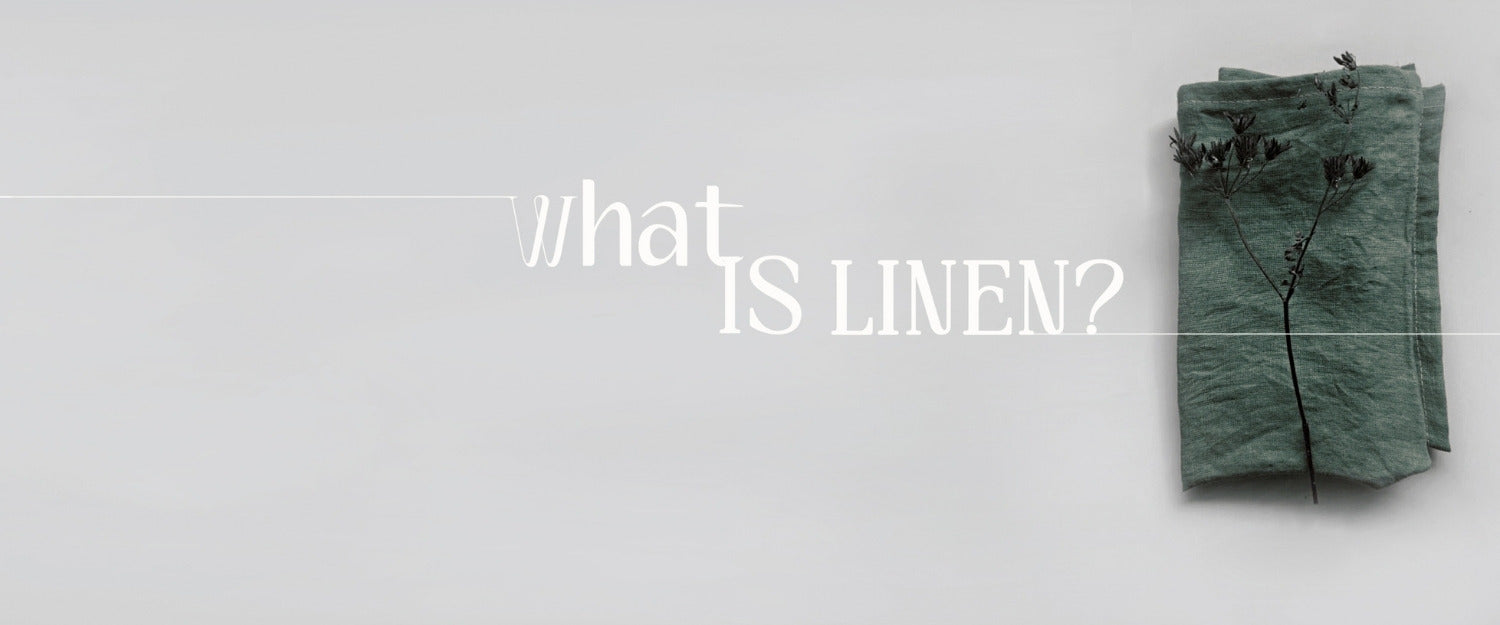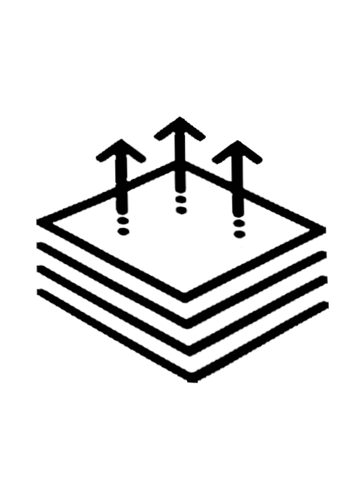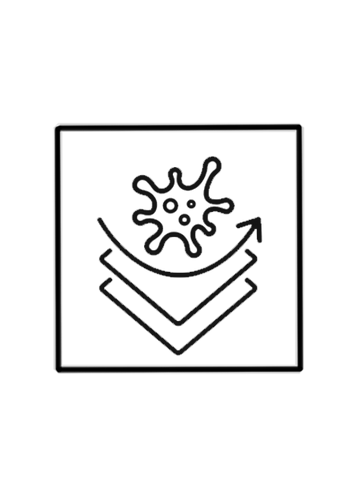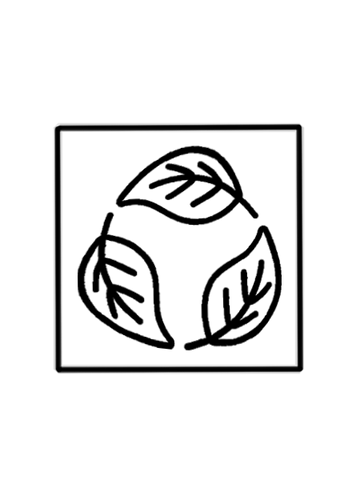

What makes linen the most sustainable fabric?
Linen fabric is made from the cellulose fibres found inside the stalks of the flax plant, Linum usitatissimum. It is one of the earliest cultivated plants in human history and is used to make linen fabric. Since flax is an annual plant, it only has one growing season.

Comfort and Breathability
Because it breathes well, linen is the perfect fabric for warm weather. It is a well-liked option for summer clothing because of its capacity to drain moisture away from the skin, which guarantees comfort.

Durability and Longevity
The longevity of linen is one of its best qualities. It's a fabric that improves with age, defying deterioration and lowering the frequency of replacements.

Is linen antibacterial?
Indeed, it is. Since linen doesn't retain moisture, it doesn't provide a good habitat for the growth of bacteria. For example, linen garments are preferable to synthetic training garments because they do not readily absorb odours.

Biodegradability
Unlike synthetic materials, linen decomposes naturally and does not stay in landfills for a long time. This quality is consistent with the ideas of a circular economy, in which resources are recycled back into the environment without creating harm.

Supports circular and renewable economy
Customers who choose long-lasting linen products are in accordance with sustainability ideals as they actively support the growth of a circular economy and the decrease of textile waste.

Minimal Water Needed
One important component of linen fabric's sustainability is its water efficiency. Due to its low water needs, flax is a wise choice in areas where water is scarce, particularly when compared to crops that require a lot of water, like cotton.

No toxic fertilizers, herbicides, and pesticides
Flax uses a lot less pesticide compared to other crops like cotton. This reduces the harm that chemical runoff does to ecosystems. This component of linen production encourages biodiversity and a healthier environment.

Easy to wash and maintain
More than any other natural material, linen is the best at retaining its quality when washed; the more frequently it is washed, the softer and lovelier it gets.

Cutting Down on Landfill Waste
Because linen naturally biodegrades, it doesn't add to long-term waste problems and eases the pressure on landfills. Selecting linen fabrics promotes sustainable waste management practices and responsible consumption by lessening the burden on landfills.
